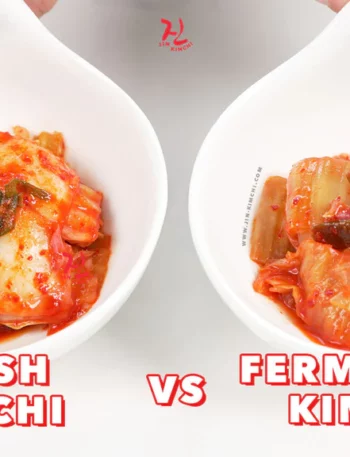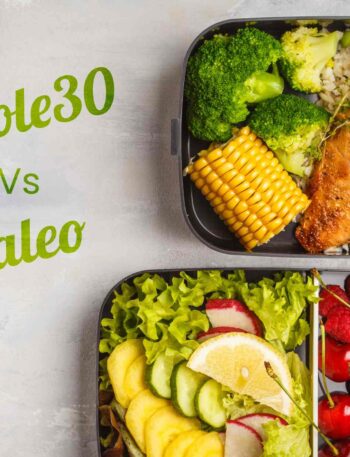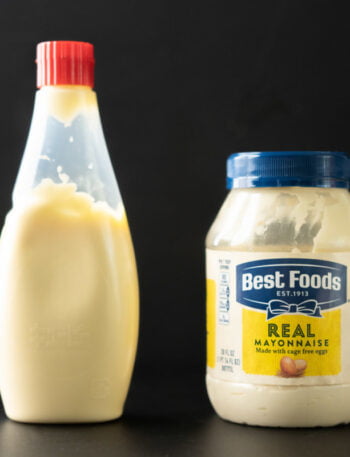
When it comes to food, we’re in a strange era of selective amnesia. One minute a food is praised for its miraculous health benefits, the next, it’s demonized and blacklisted.
Some might remember that once-vilified egg yolks and butter made a pretty epic comeback, leaving us wondering — what else might we be wrong about?
Enter the humble, often misunderstood natto. This sticky, pungent, stringy Japanese food made from fermented soybeans has an almost mystical reputation among some wellness circles, yet it’s notoriously off-putting for others.
Why? Well, imagine scooping a spoonful of gooey, stringy beans with a smell that hints (not so subtly) of old gym socks. Doesn’t exactly make your mouth water, does it? But — and here’s the thing — natto might just be a ticket to longevity, heart health, and more.
First Impressions and Fermented Surprises
I’ll admit, when I first encountered natto, I was skeptical. I was in Japan, and my host placed a bowl of natto in front of me with a proud smile. It looked a bit…untamed.
The soybeans were strung together in this web of sticky fibers, a sight both fascinating and, honestly, a little freaky. I wasn’t quite sure if I was supposed to eat it or use it to trap flies. Still, my curiosity (and maybe my pride) won out, and I gave it a try.
To be fair, natto isn’t an easy love. The taste is an acquired one, a blend of earthy, tangy, and savory flavors that doesn’t exactly woo you.
But as I learned, that’s the beauty of it — natto isn’t trying to be easy. It’s challenging, different, and surprisingly rewarding if you give it a shot. Besides, it turns out there’s more to this oddball food than meets the eye, or the nose.
The Science Behind the Stink
Natto’s powers lie not in its aroma but in its unique nutritional profile. This food is packed with something called nattokinase, an enzyme thought to support cardiovascular health by thinning blood and reducing the risk of blood clots.
Nattokinase is a natural blood-flow booster, which might explain why Japanese people — who consume natto regularly — have some of the longest lifespans and lowest rates of heart disease in the world.
But that’s not all. Natto also contains an abundance of vitamin K2, a nutrient often overlooked but crucial for bone health and calcium regulation. Vitamin K2 helps prevent arterial calcification, meaning it keeps your arteries pliable, which in turn can lower blood pressure.
It’s the kind of low-key, behind-the-scenes vitamin your body loves but never remembers to thank. In a world obsessed with vitamins C and D, K2 is like the underappreciated friend who’s quietly holding things together.
And let’s not forget about its probiotic properties. As a fermented food, natto is teeming with beneficial bacteria that can improve gut health, potentially leading to better digestion, mood, and immunity. Think of natto as nature’s funky, effective way of rebooting your gut.
Brave Enough to Break the Taboo?
So why doesn’t everyone eat natto? Well, the answer’s pretty simple: people are creatures of habit, and most of us recoil from foods that seem foreign, especially if they smell a bit… ripe. But here’s the thing: plenty of the “taboo” foods out there carry benefits that far outweigh their reputations.
Just look at how fermented foods like kimchi, sauerkraut, and kefir have recently come into vogue for their gut-boosting benefits. Natto may have been on the “no” list in the past, but it’s gaining traction in the West for the simple reason that it works.
If you’re feeling adventurous, picking up a pack of natto at an Asian market or ordering it at a Japanese restaurant might be the start of a (slightly slimy) love affair. My own experience has taught me that food is one of life’s best teachers, constantly challenging and broadening our ideas about what’s “good” and what’s “weird.”
Making Natto a Little Easier to Stomach
For the uninitiated, the trick to easing into natto is simple: dress it up. Many Japanese locals will tell you to add a dab of soy sauce or a splash of mustard to tone down the funkiness.
Some even mix it with a bit of rice or green onions. And if you’re not fully committed, you can find “mild” versions that are less pungent. Think of it as the training wheels of the natto world.
If you’re curious but hesitant, try this: make it a mini-experiment. Give yourself a week with natto, maybe incorporating it into your breakfast routine, and observe how you feel. If the taste doesn’t win you over, the benefits might.
A Cultural Reboot for a Healthier You
Beyond the nutritional perks, natto represents a challenge to our Westernized diets, which can sometimes be a little…safe. The beauty of venturing into unfamiliar culinary territory is that it reminds us how varied and fascinating food can be.
And, who knows, taking a chance on natto could inspire you to rethink other foods you’ve previously written off.
The question is: are you bold enough to try? To take a bite of something that’s just a little “out there” and trust the wisdom of centuries of Japanese tradition? Maybe natto isn’t just another food fad. Maybe it’s a small, sticky step towards broadening your mind and lengthening your life.
After all, as they say, fortune favors the brave (and maybe those who don’t mind a whiff of gym socks now and then). So go ahead, take the plunge. Your taste buds — and your heart — just might thank you.









